Many of us have a love-hate relationship with bras. Some feel strangely exposed without one; others can’t wait to unhook the moment they get home. So is it actually better to wear a bra 24/7, or give your body a break? The honest answer: it depends on you. Here’s a clear, everyday guide to help you decide.
Comfort and Fit Matter Most
Comfort beats hard rules. A well-fitting bra should feel almost invisible—no digging straps, no pinching band, no red marks. If yours leaves you counting down the minutes to take it off, that’s a fit problem, not a moral failing. Sizes vary across brands, and bodies change with weight, hormones, and life stages. It’s worth trying different sizes and styles or getting fitted in person. If you do wear bras regularly, rotate them, wash them often, and retire the stretched-out favorites that stopped supporting you long ago.
Busting the Big Myths
Let’s clear the noise. Wearing a bra doesn’t cause breast cancer, and skipping one won’t magically prevent sagging. Breast shape over time is mostly about genetics, age, gravity, pregnancy, and weight changes. A good bra can make you feel more lifted and supported, but it isn’t a long-term anti-aging device. On the flip side, an ill-fitting bra can contribute to neck and shoulder discomfort. Think less in absolutes (“always wear” vs. “never wear”) and more in terms of what reduces strain for your body right now.
Bras in Daily Life: Sleep, Exercise, and Home
When you wear a bra should align with what you’re doing. For sleep, it’s purely personal preference. Some people like a soft sleep bra or bralette at night for gentle support, especially during nursing, hormonal tenderness, or with a fuller bust. Others sleep better without anything. If you do wear one to bed, choose a clean, non-wired, breathable option.
For movement, support matters. High-impact workouts are far more comfortable with a sports bra that controls bounce. Even low-impact days—long walks, busy errands—can feel better with light support. At home, many people go braless because it simply feels good, and there’s nothing wrong with that. Let comfort be your compass.
Social Norms and Personal Choice
A lot of bra behavior is cultural. In some settings, a bra feels like part of the dress code; in others, braless is no big deal. These norms are shifting, but the question to ask is: what helps you feel confident? Some like the shape and polish a bra gives under certain tops. Others prefer a bralette, a shelf-camisole, or nothing at all. If you’re curious about going braless, try it in low-stakes moments first—around the house, quick trips out—and see how you feel.
Practical Tips If You Wear One
If bras are part of your routine, make them work for you. Choose breathable fabrics for everyday wear. Look for wider straps if your shoulders ache, and a stable band that sits level on your back. If underwire pokes, switch to wireless or try a different wire shape. Replace bras when the band loses elasticity or the cups wrinkle—no amount of strap tightening fixes a tired band. And don’t stay in a sweaty bra; change promptly after workouts to avoid irritation.
Finding Your Balance
So, should you wear a bra all the time? You don’t need to. If a bra helps you feel supported and put-together, great—wear it. If you feel better skipping it at home or even out and about, that’s valid too. There’s no universal health mandate here. Pay attention to comfort, choose the right level of support for the moment, and give yourself permission to switch it up day by day.


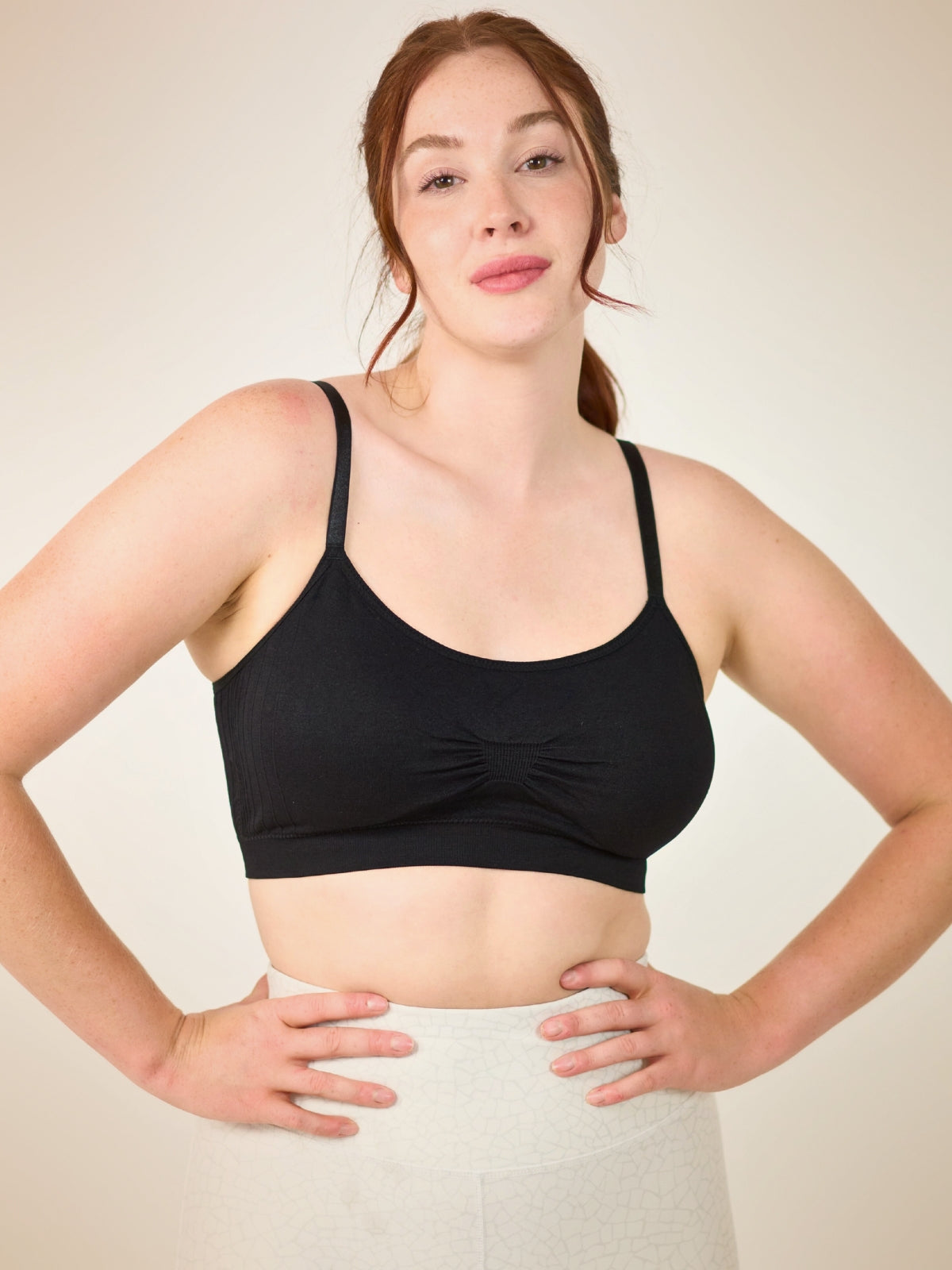
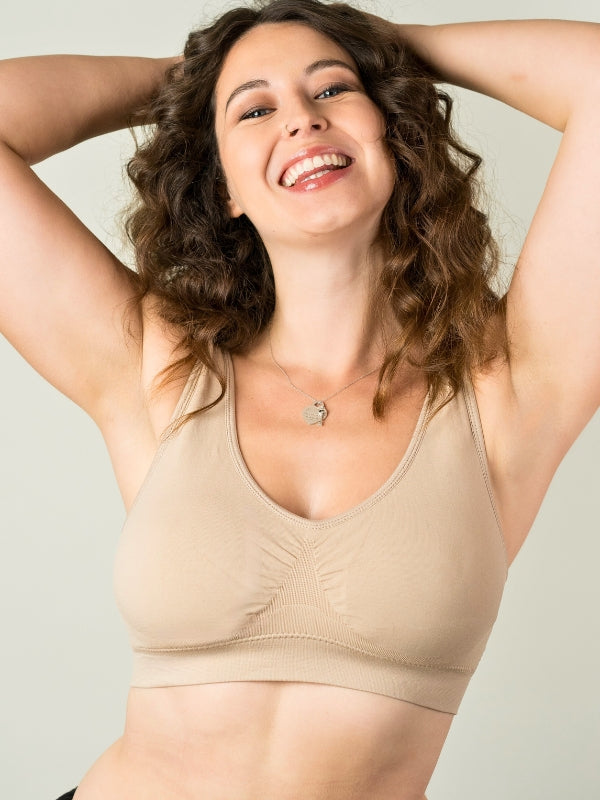
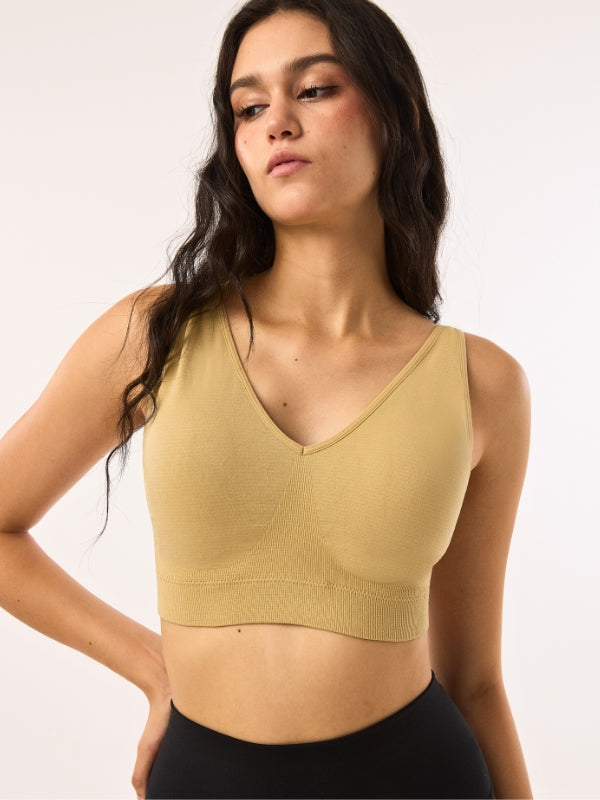
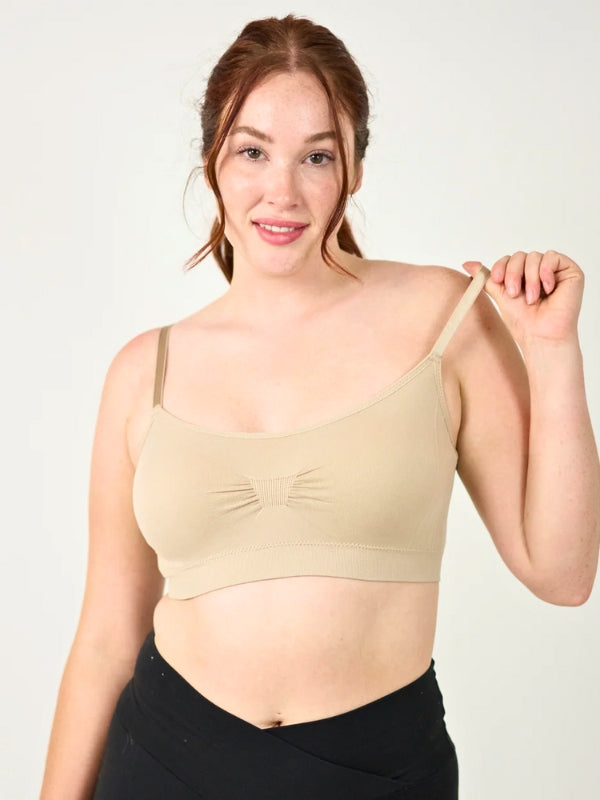
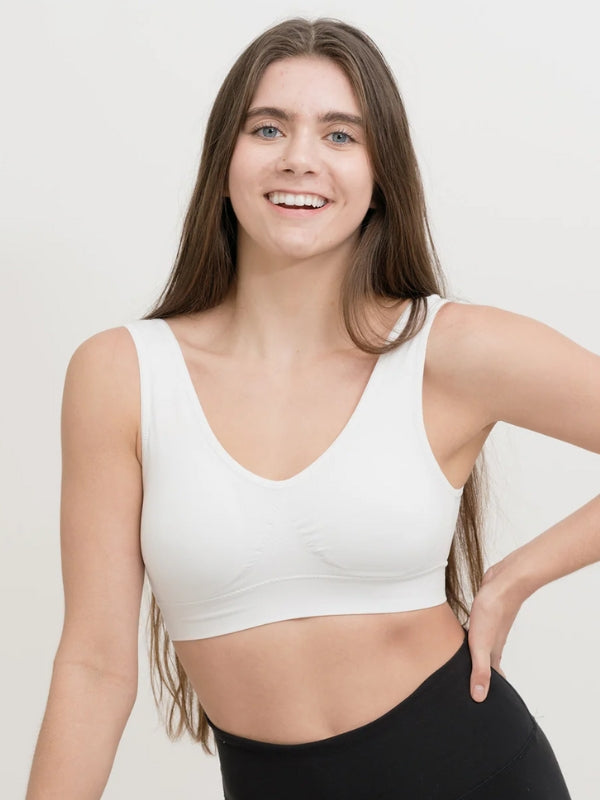
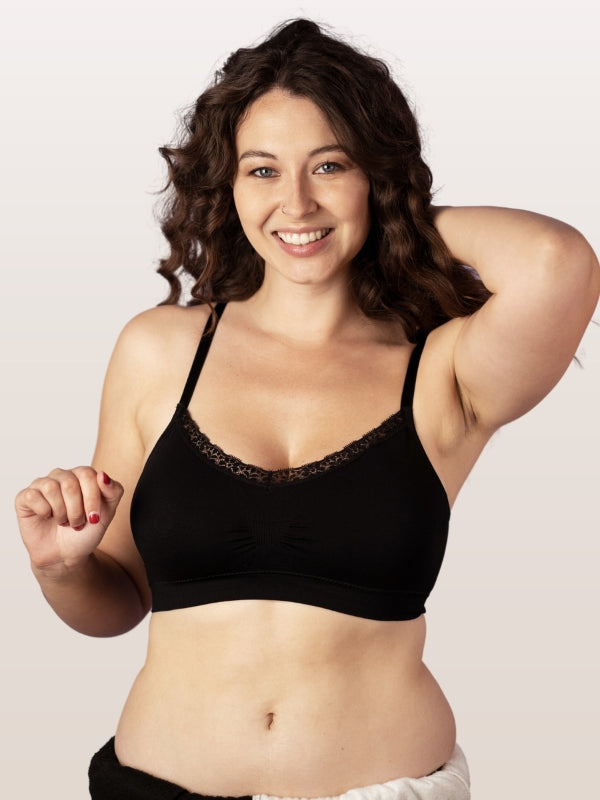
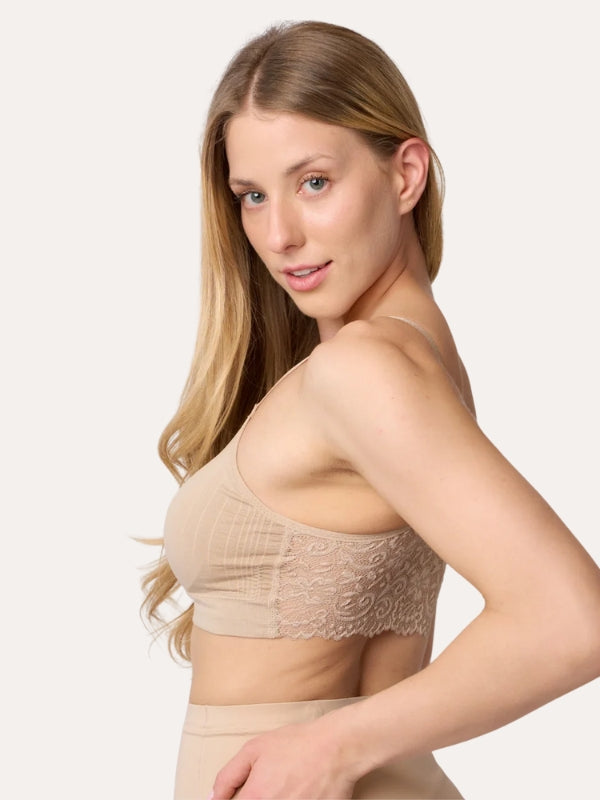
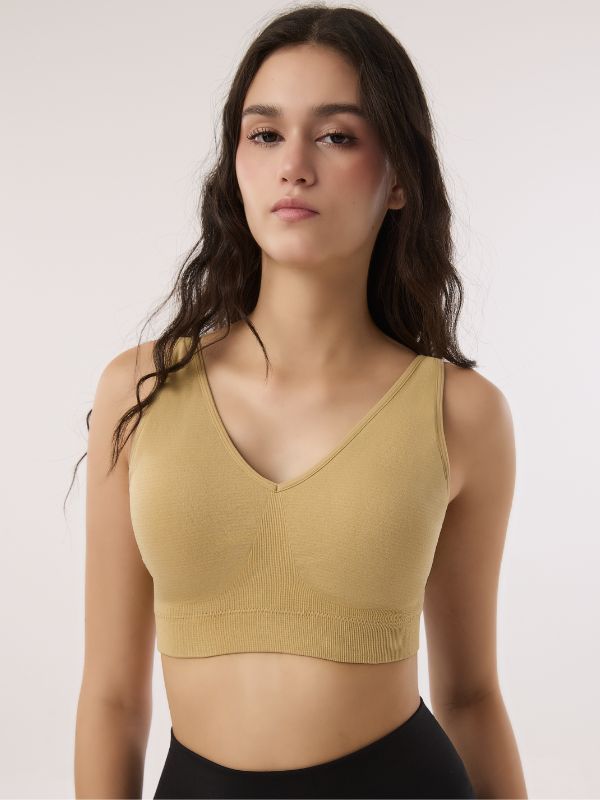
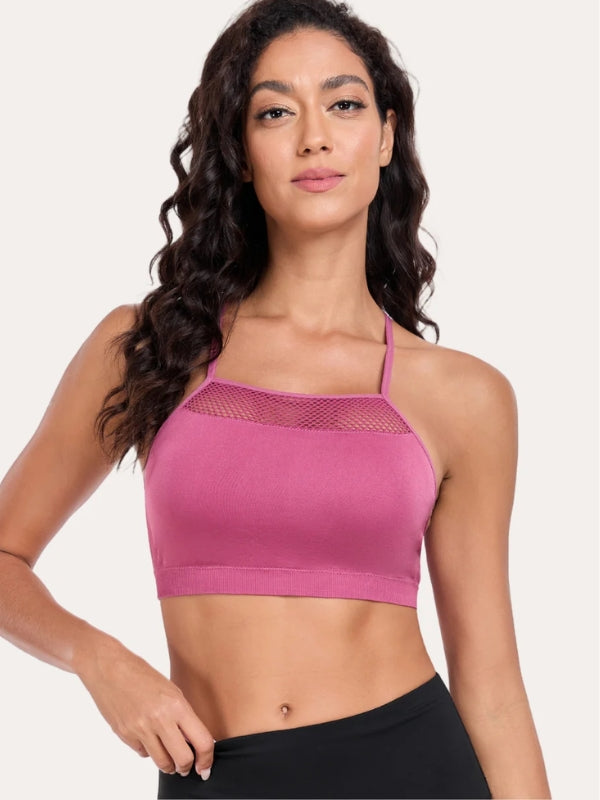
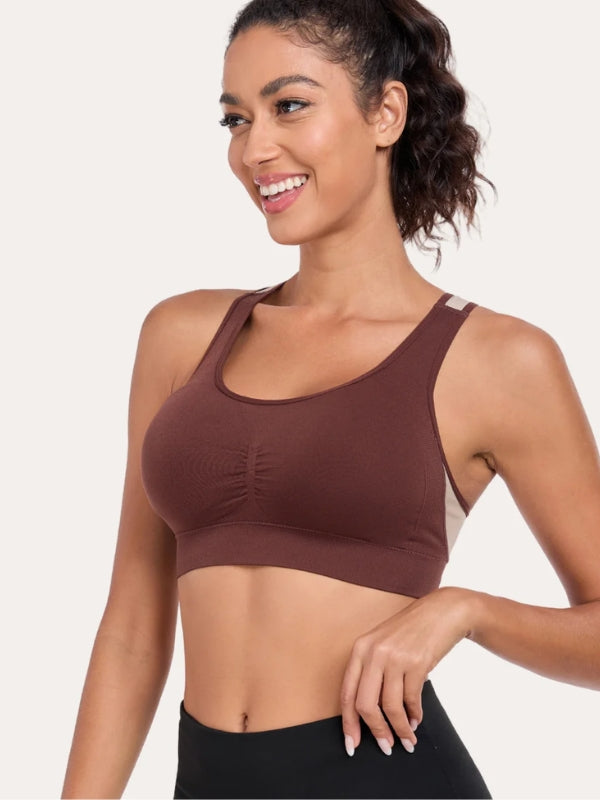
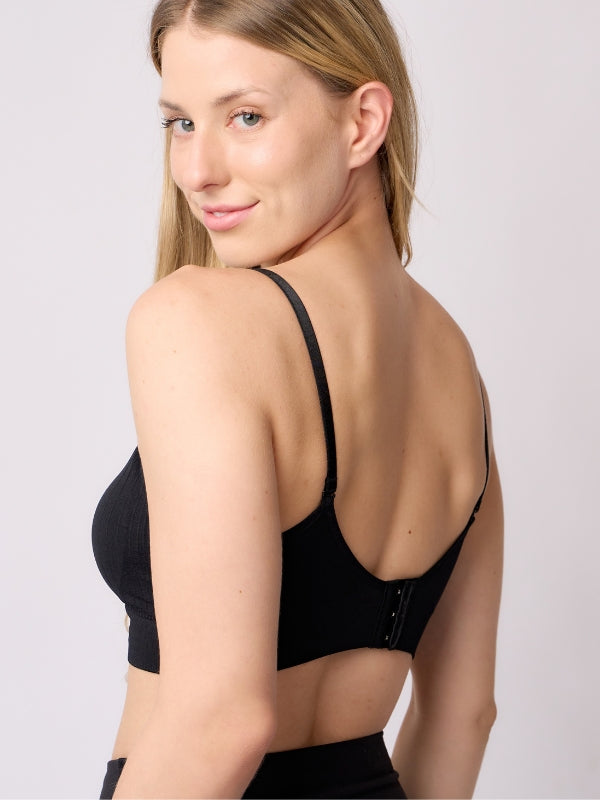
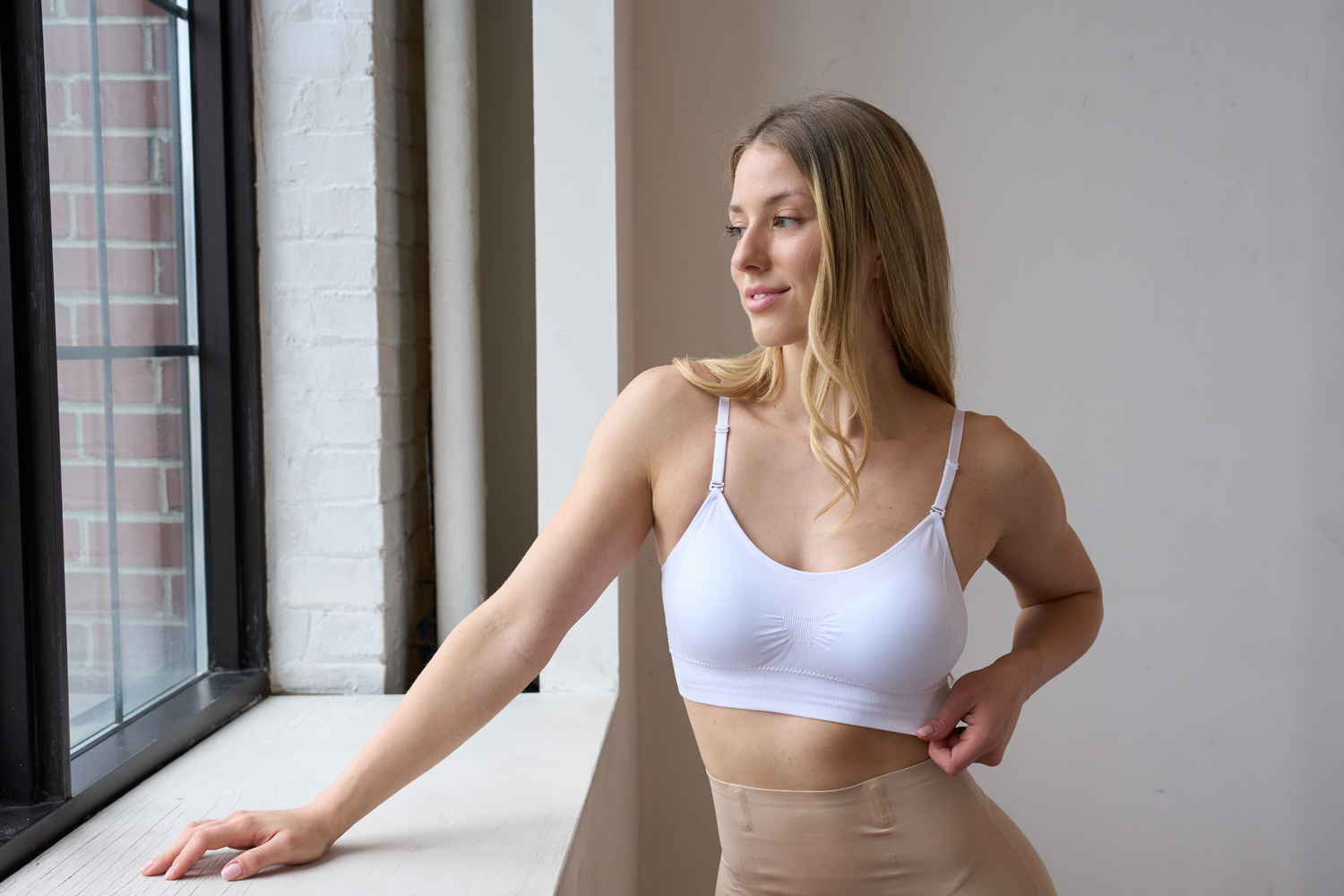
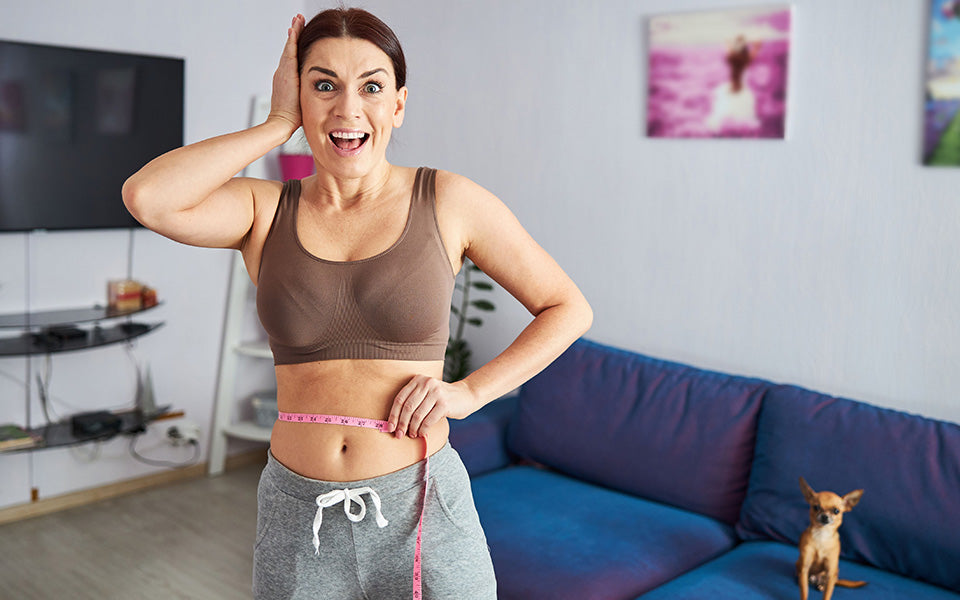

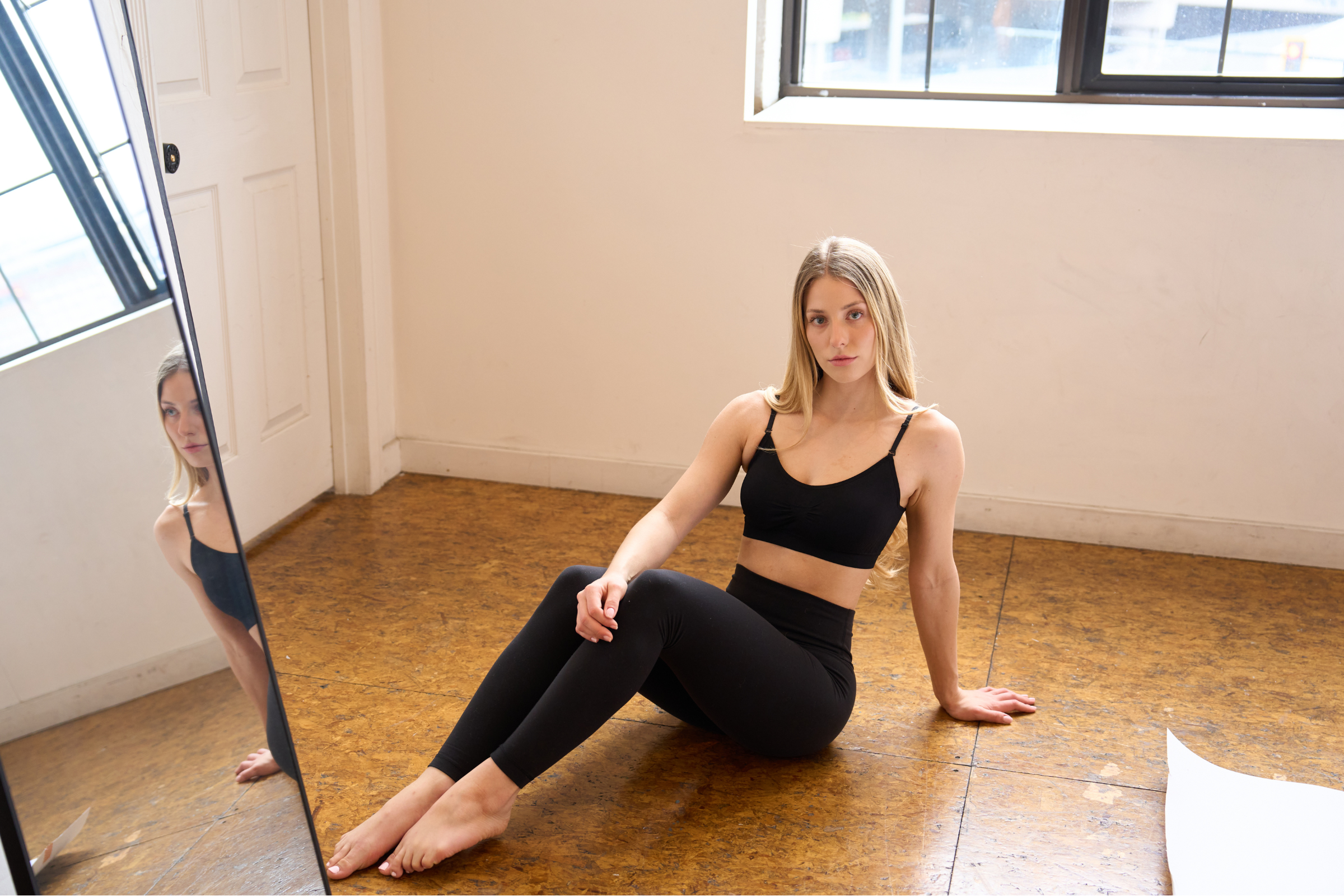
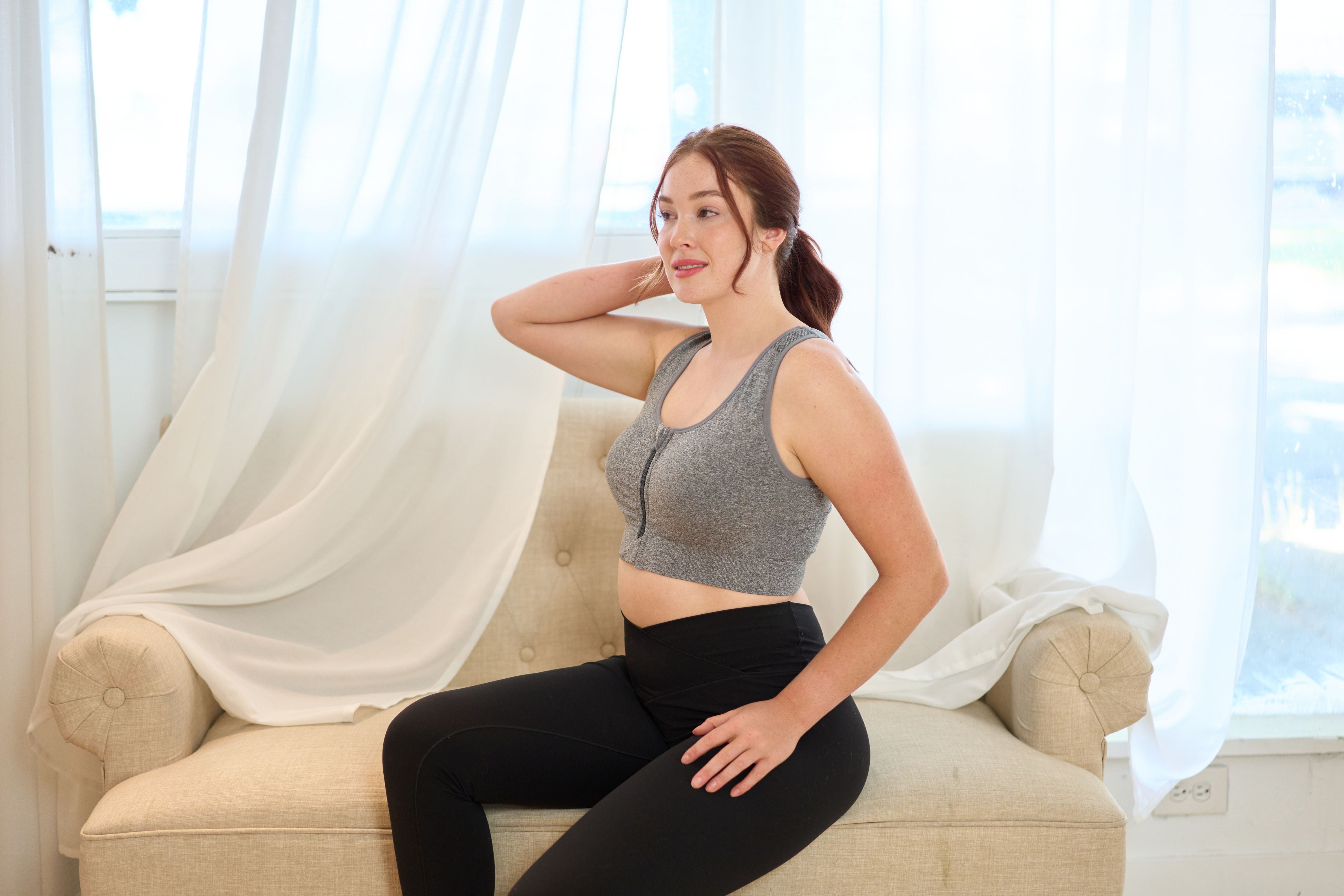
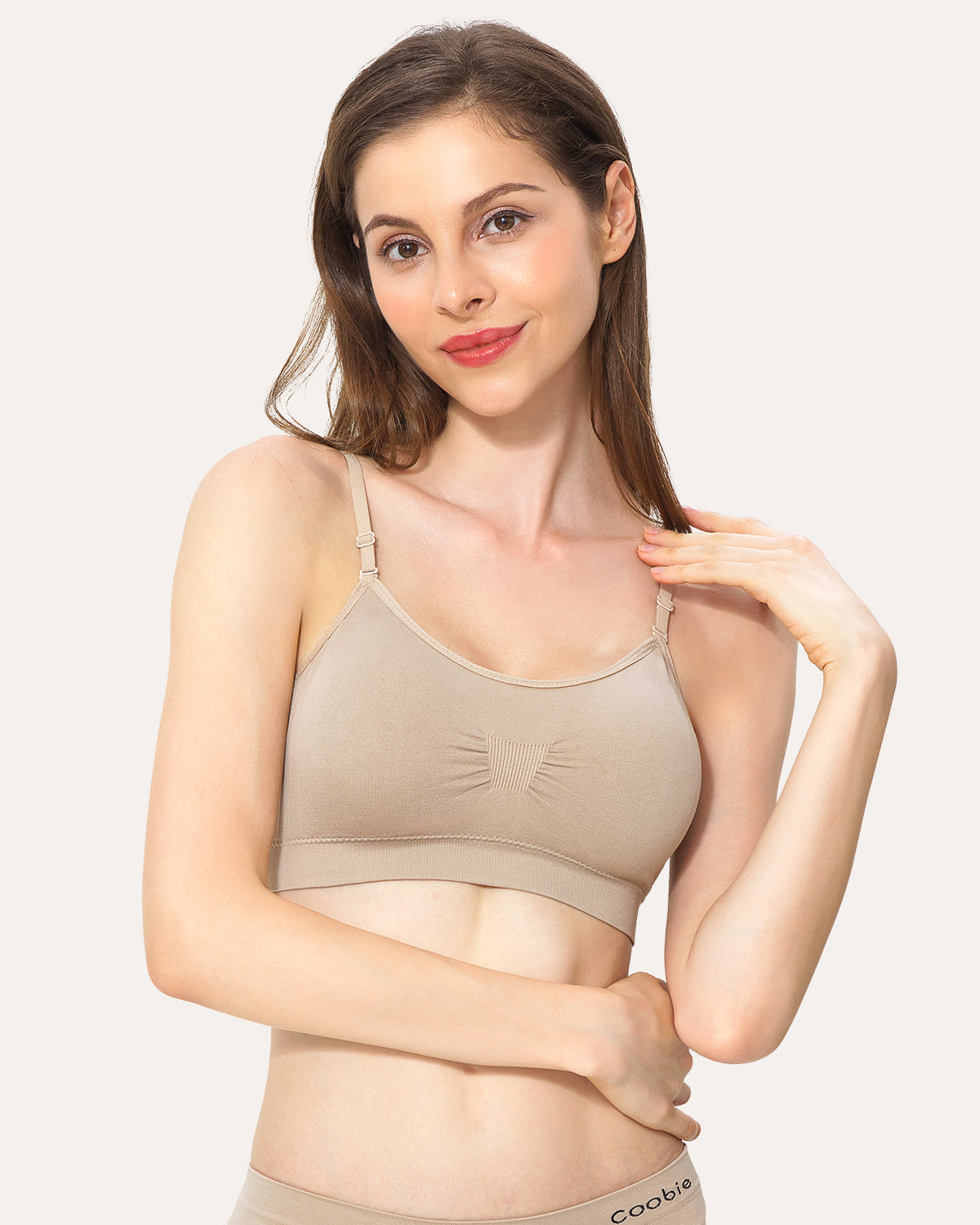
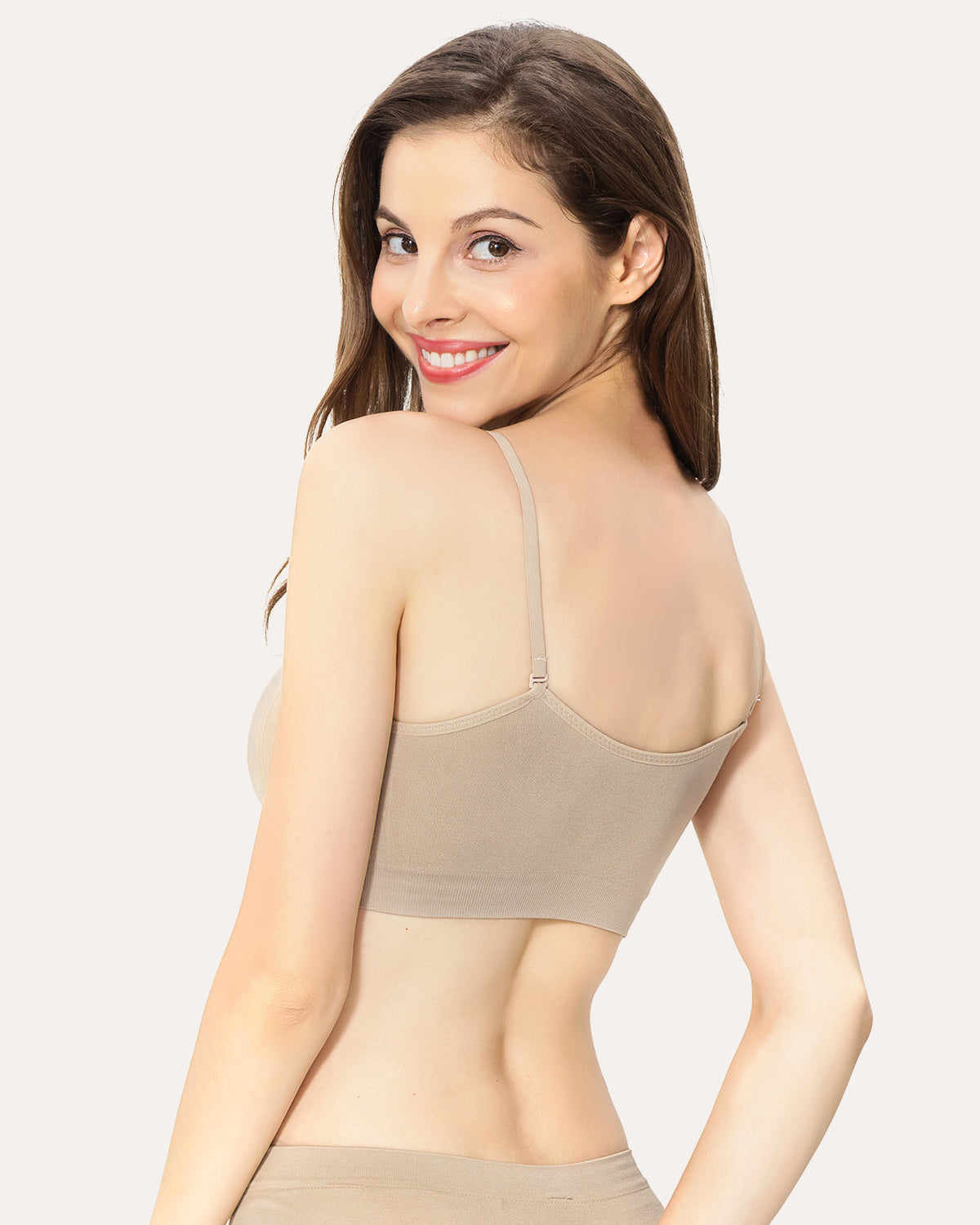
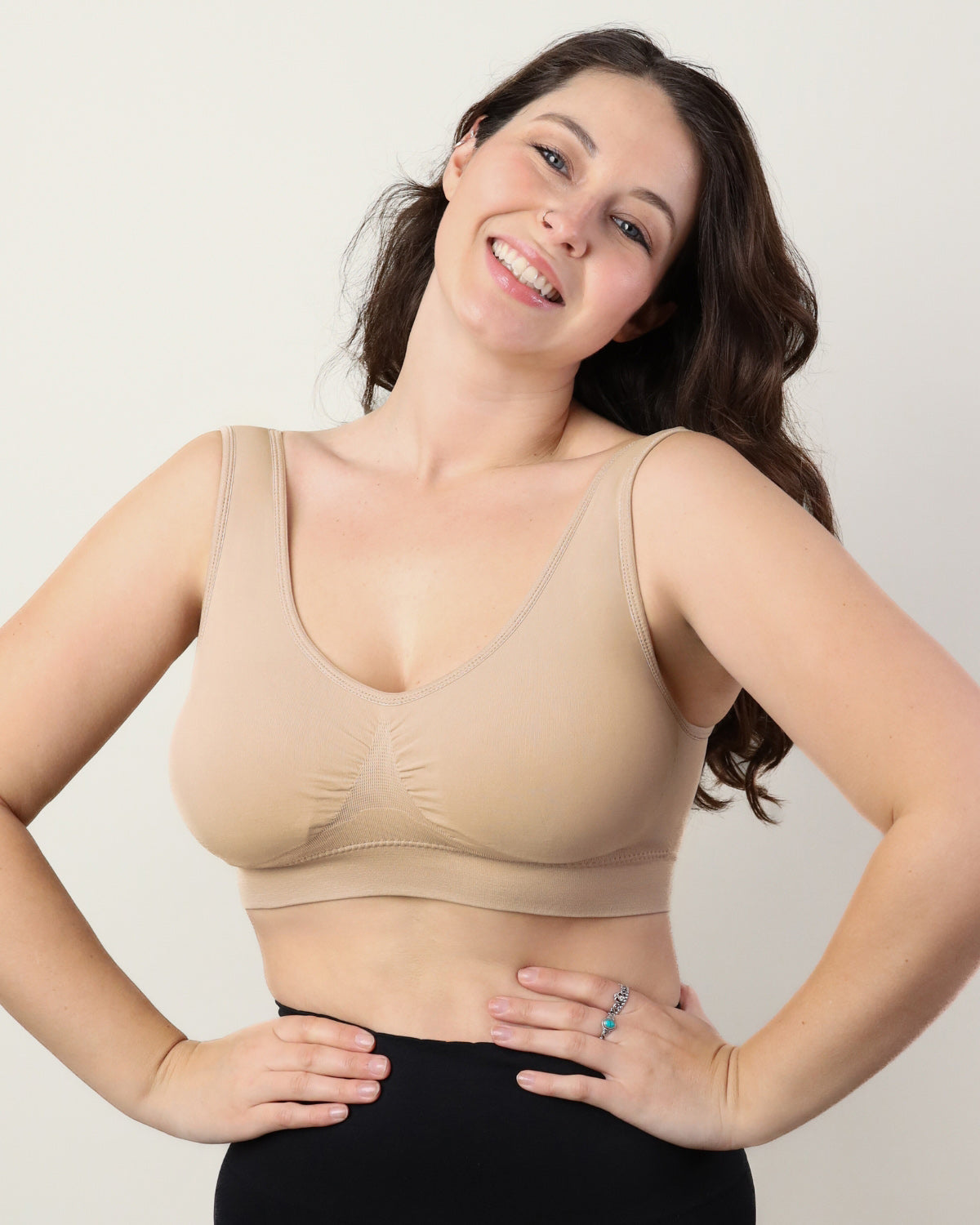

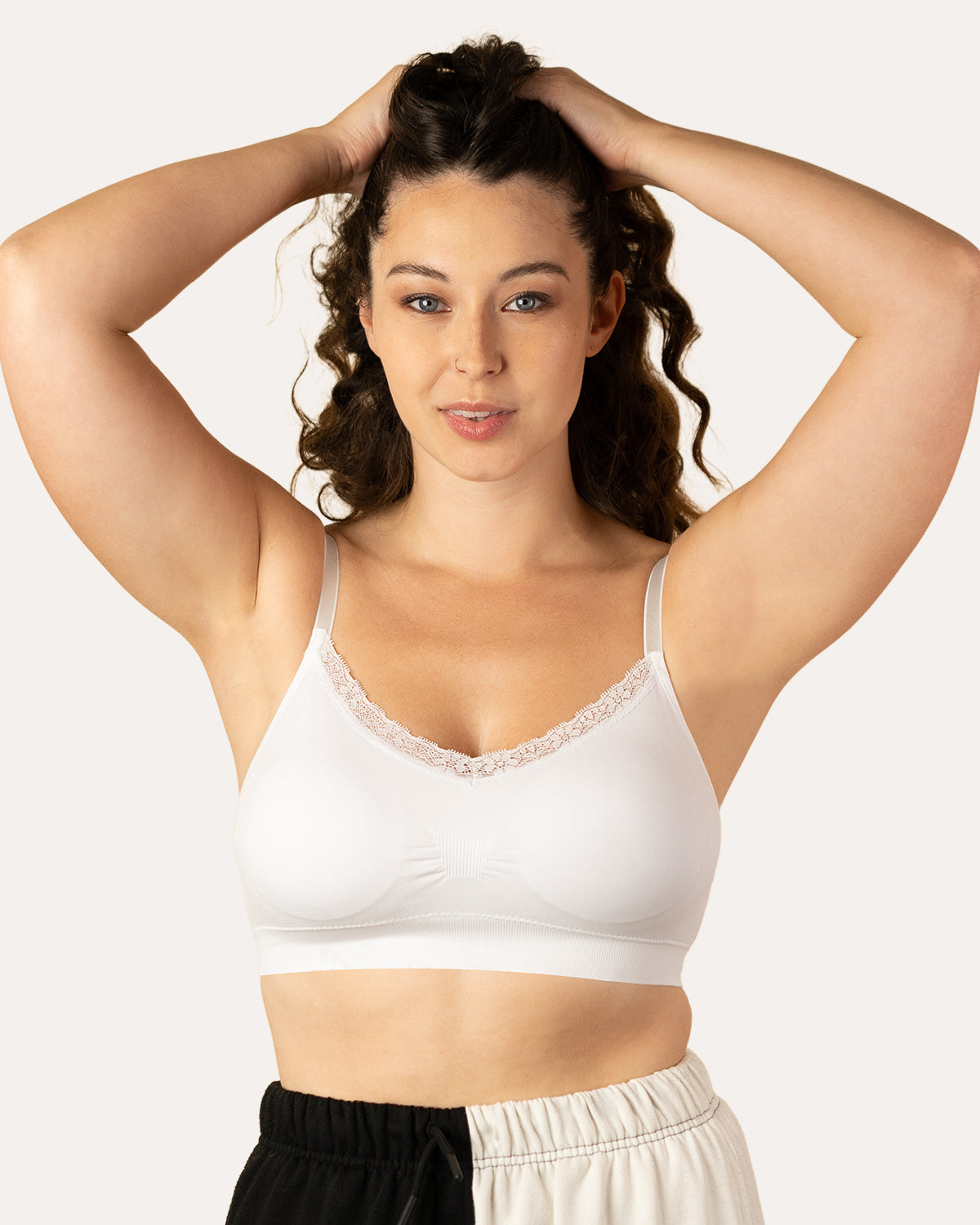
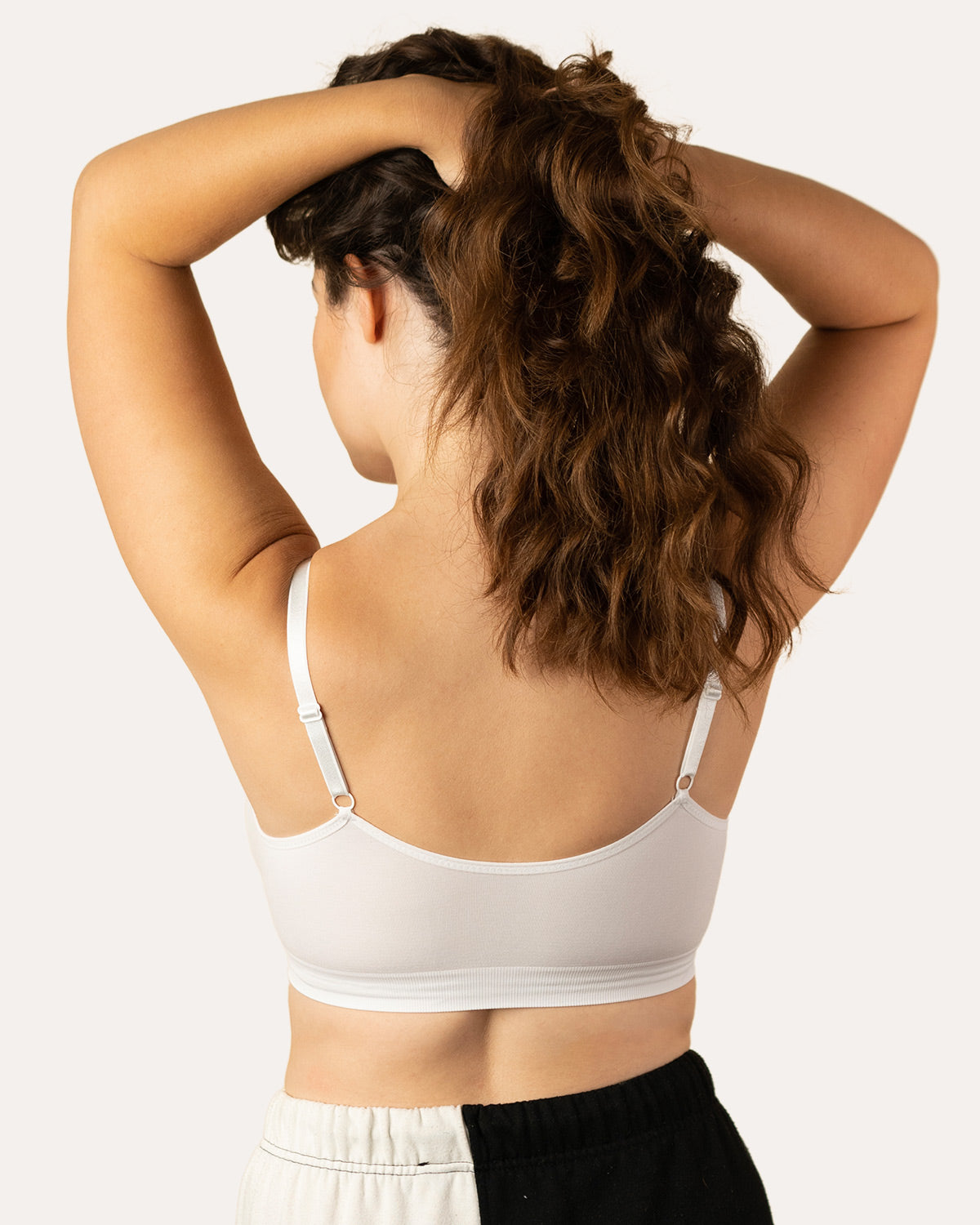
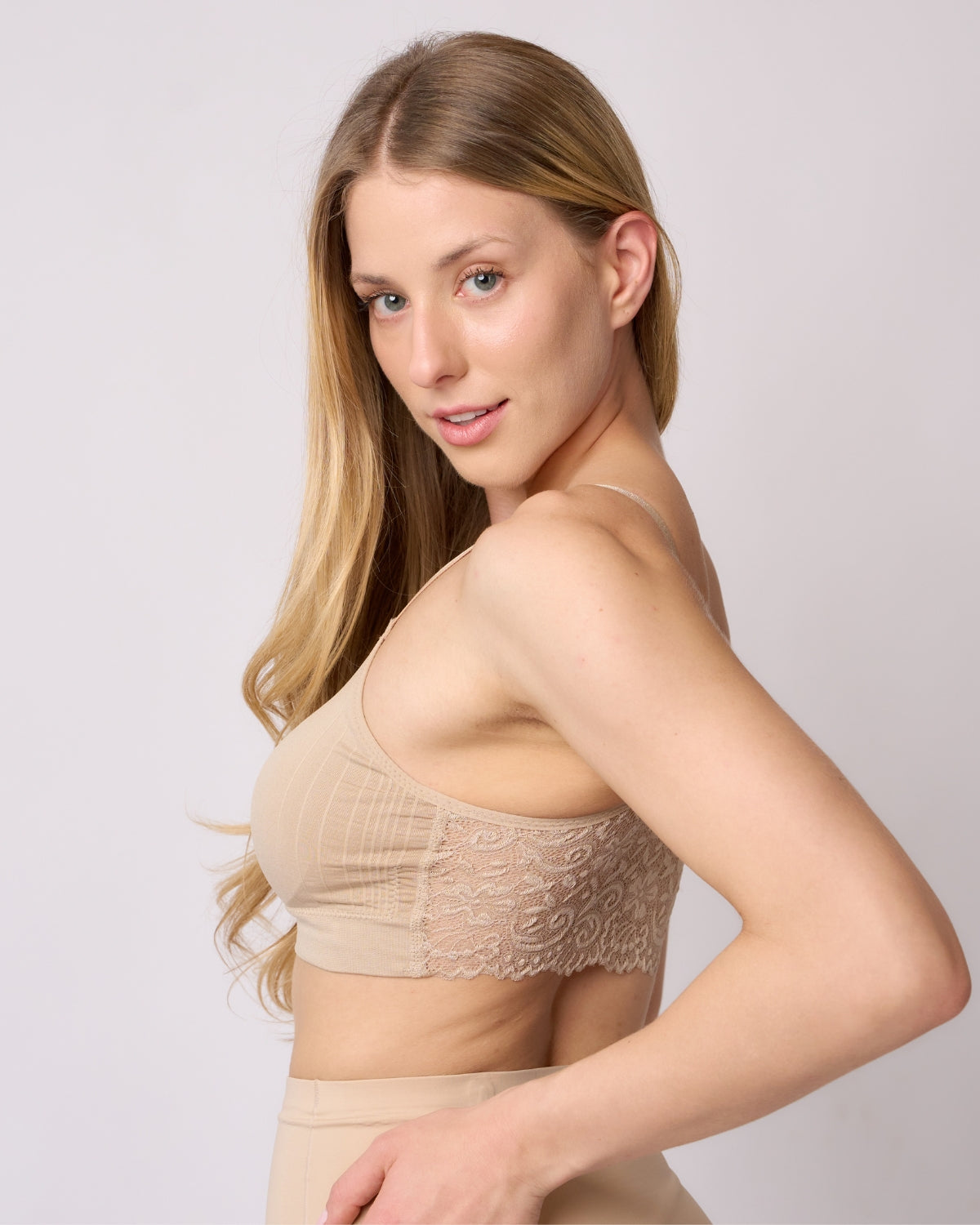

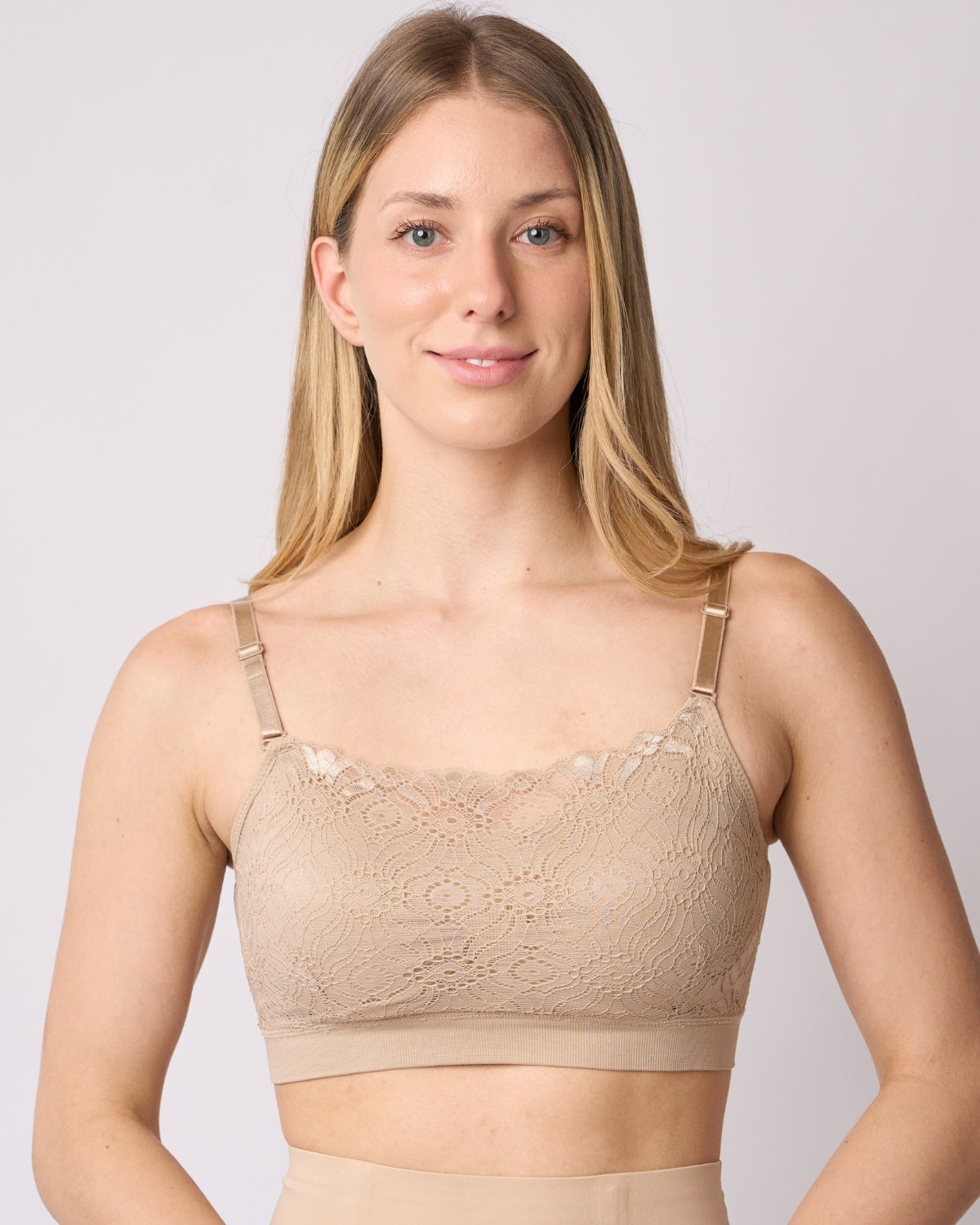
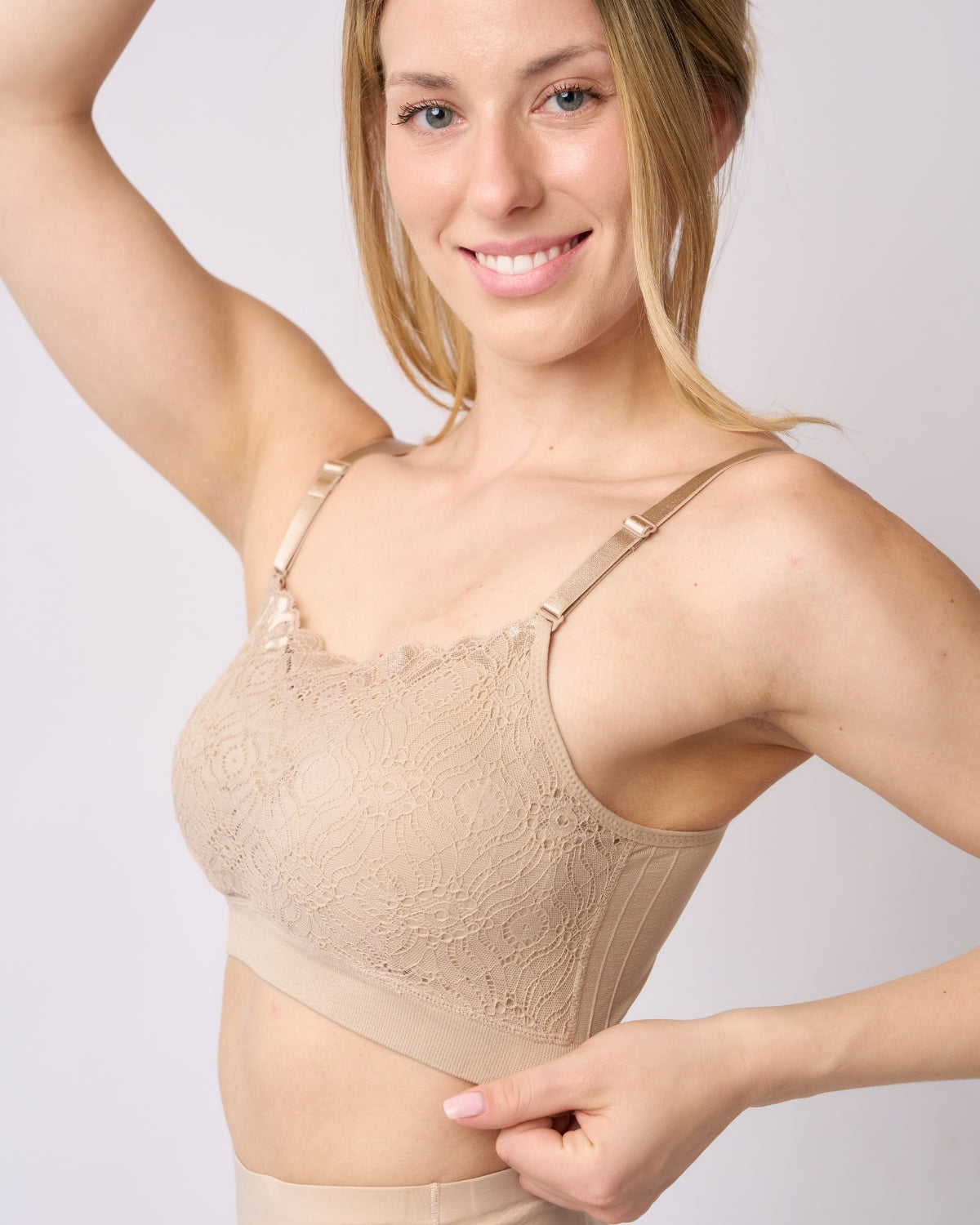

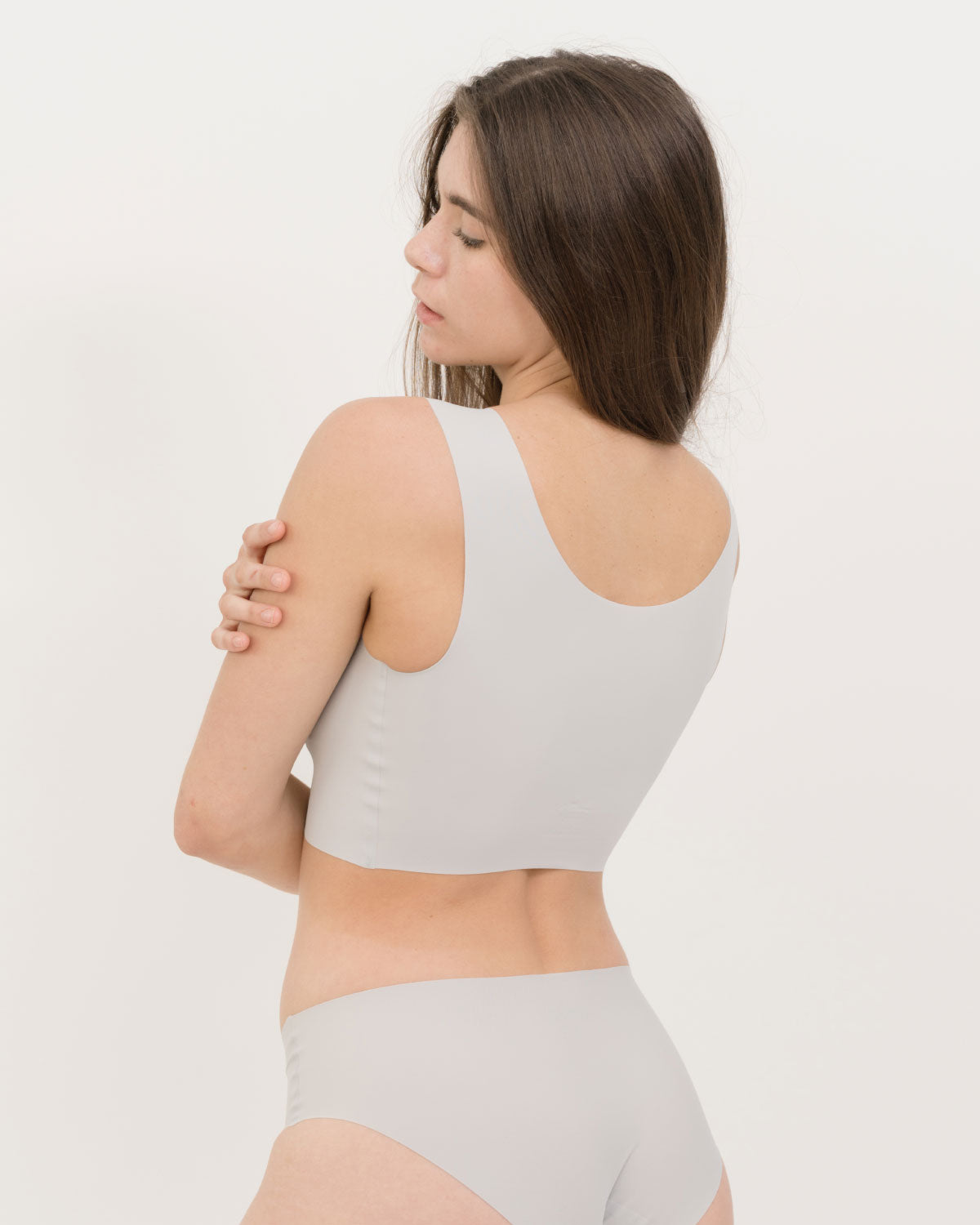
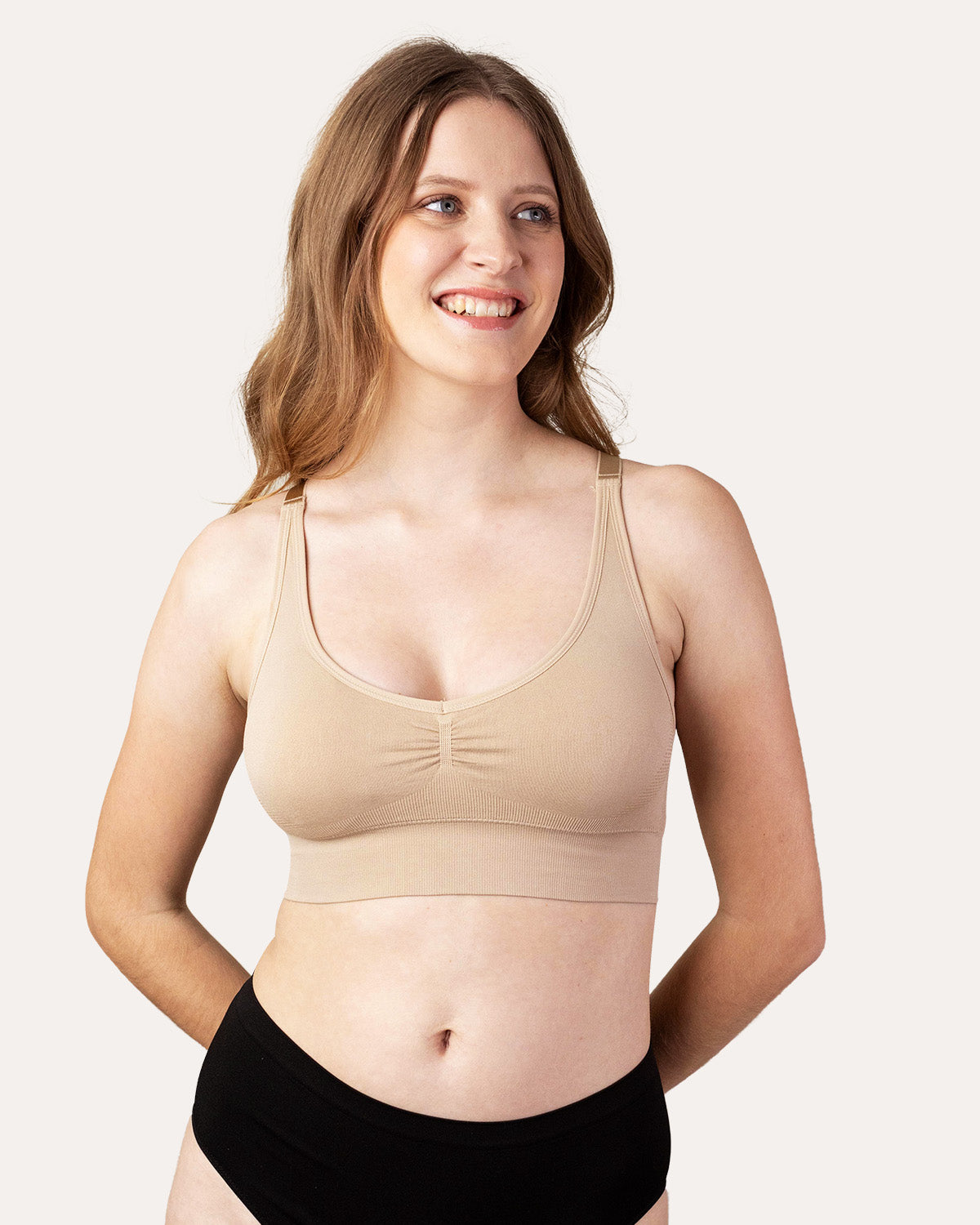
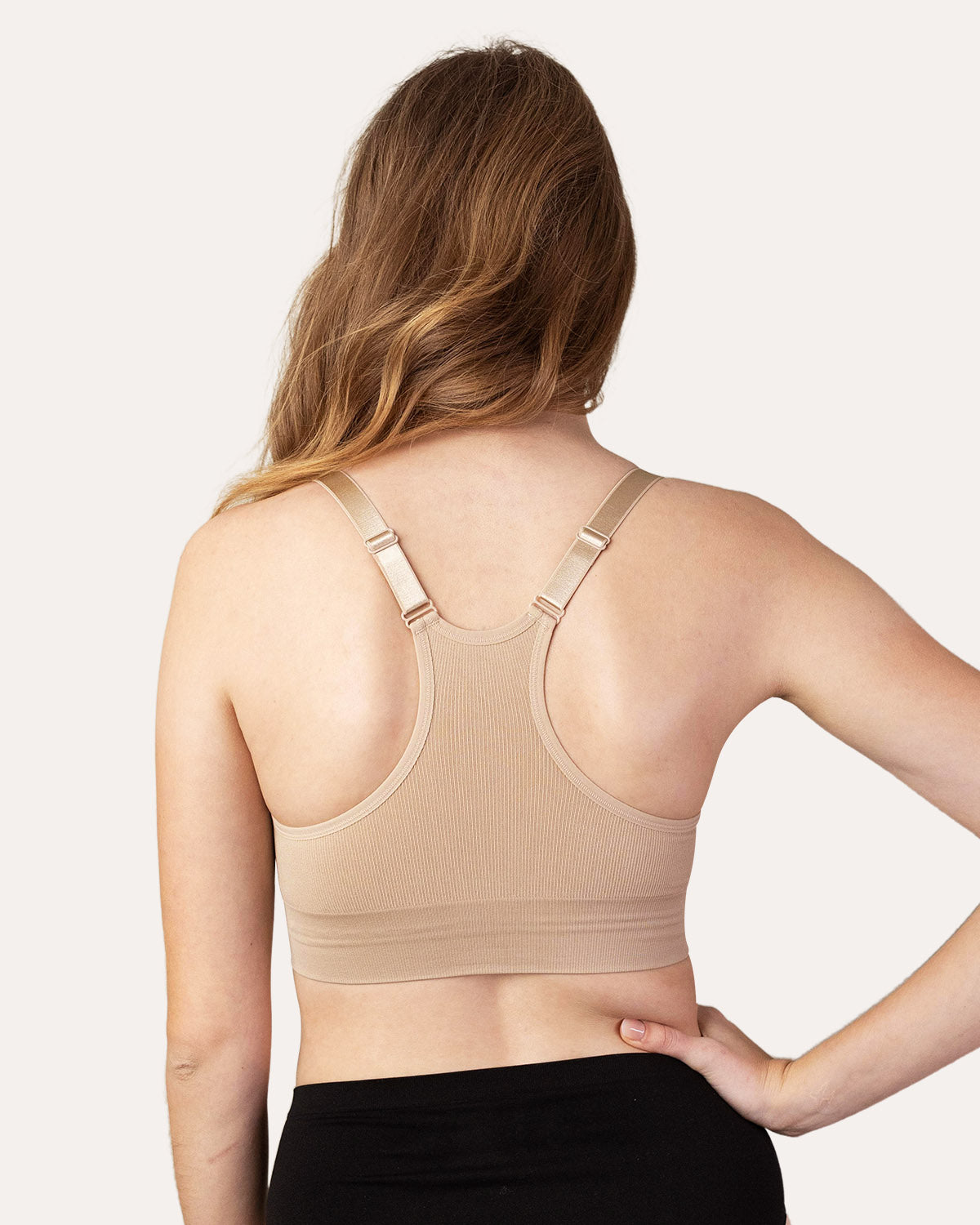
Leave a comment
This site is protected by hCaptcha and the hCaptcha Privacy Policy and Terms of Service apply.